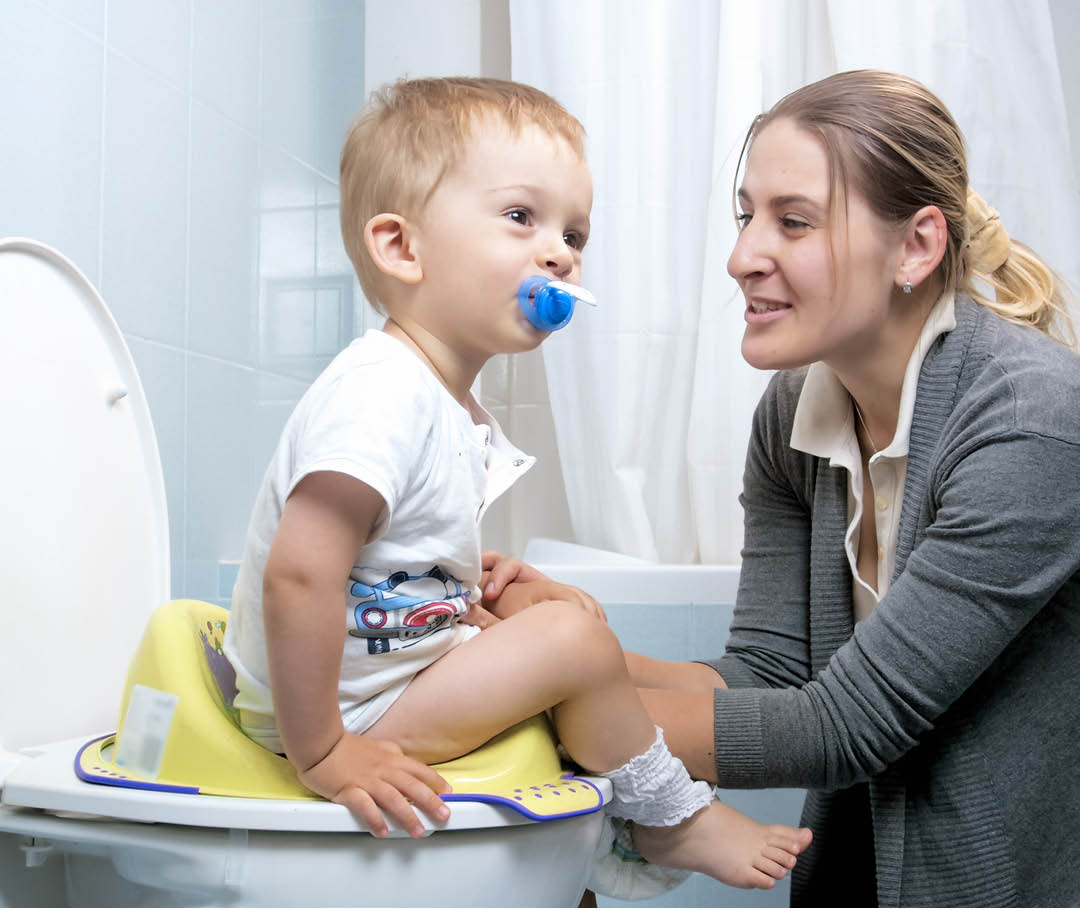December 11, 2025
Addressing Aggressive Behaviors in Children
FEATURED POSTS
December 1, 2025
November 25, 2025
November 7, 2025
Aggressive behavior is something that parents of children with autism or emotional disabilities are often confronted with on a regular basis. It can be a challenging, frustrating and emotionally draining experience. Through the support of a professional behavior analyst and consistent practices, parents, teachers, and caregivers can address aggressive behaviors in children and adolescents so that they can live productive and independent lives.
Many times when caregivers are faced with aggressive behavior, their impulse is to want to stop the behavior, and they may view the child as misbehaving. However, it’s important to understand that aggressive behavior is sending us a message. Every behavior serves a function— such as making a request, avoiding something, escaping a task or seeking attention. The same is true of aggression. For individuals with limited communication skills, aggressive behaviors can become inadvertently shaped by caretakers and others in their environment.
For example, a child throws a tantrum to gain access to candy. The parent gives the child candy to stop the tantrum. If this interaction repeats itself, the behaviors become reinforced and the child learns that tantruming is rewarded with access to the desired food. Next time, the parent may decide they are not going to give the child candy and so the child tantrums even louder and harder. If the parent gives the child candy, the parent has inadvertently reinforced the behavior. As parents, we all do this in very subtle ways regardless of whether our child has special needs or not, often without realizing that we are shaping our children’s behavior and strengthening the behaviors that are unwanted.
When children are small, it can be less of an issue for parents to manage aggression, or they may think that their child will grow out of it. It is easier to restrain young kids to combat and control outbursts, but if these are the only methods we use, we are not setting our teenagers up for success. It is important to understand why our kids are acting out and what they are trying to communicate. Once we know the “what” and the “why”, we can teach more appropriate means of communication to replace the need for aggression (such as making a verbal request and teaching the child to tolerate “no” when the answer is “no”). If the aggressive behaviors are not replaced by more appropriate functional behaviors, then we run the risk of shaping adolescent aggression which can include physical violence that is more serious and tougher to overcome.
If your child is demonstrating aggression, the best place to start is an assessment of his behavior to understand why the behaviors are occurring. A good assessment will tell you what the function of the behavior is, meaning— why he is acting out and what he is trying to communicate. Then a plan can be put in place to teach new methods for communicating effectively as well as reducing and eliminating the aggression using behavioral strategies.
Here are a few strategies you can use before aggressive episodes start:
- Give up some control over the environment or routines by offering choices; it does not matter if he brushes his teeth before changing clothes, but if having control over that routine helps keep your child’s aggression down, give up that control and let him choose. Providing choice also teaches independent thinking and problem solving which are critical skills for adult life.
- Prime your child by giving them a verbal “heads up” of what is coming: describe to your child when and what the expectations are for that setting.
- Use visual support like a picture board or a photo to help provide clear expectations for each activity or different parts of the day.
- Prompt and model the behavior you want to see instead of the aggressive behavior.
- Praise that behavior when you do see it so that it will continue to be a part of their repertoire. Remember if you like something you need to let your child know. In other words, catch them being good and if you like a behavior, reinforce it!
In the moment of the aggressive behavior, safety is most important! Do your best to keep yourself and your child safe. If you can redirect your child onto something else or an activity, that might be necessary.
Some parents of adolescents who display aggressive behaviors worry that it is too late for their child to have a fulfilling and independent life. On the contrary, it is never too late to start planning on a future for your child and working towards attainable goals. Think about what you want your child to be doing in a year from now and start working towards that today. If you want your child to ask for the desired item or preferred activity instead of tantruming to get it, start taking small steps now. If you are hoping they will have more friends in a year, start exposing your child to those opportunities and teaching the socially appropriate skills that will afford those opportunities. If you want them to have fewer aggressive behaviors, do not wait a year to start working to improve that behavior. It is never too late or too early to start working towards next year. The results will support your child in having their needs met and experiencing greater success at each stage of development. The ultimate goal is setting your child up for success and helping him achieve as much independence as possible.
-Richie Ploesch, M.A., BCBA, and Ronit Molko, Ph.D., BCBA-D












